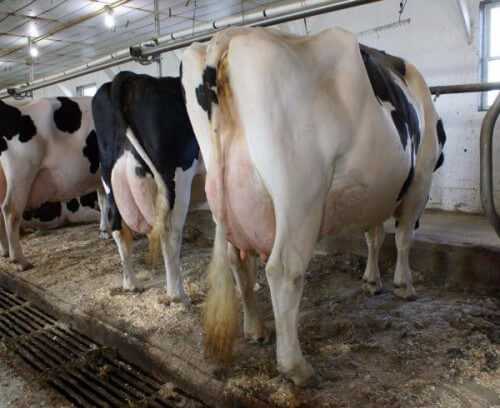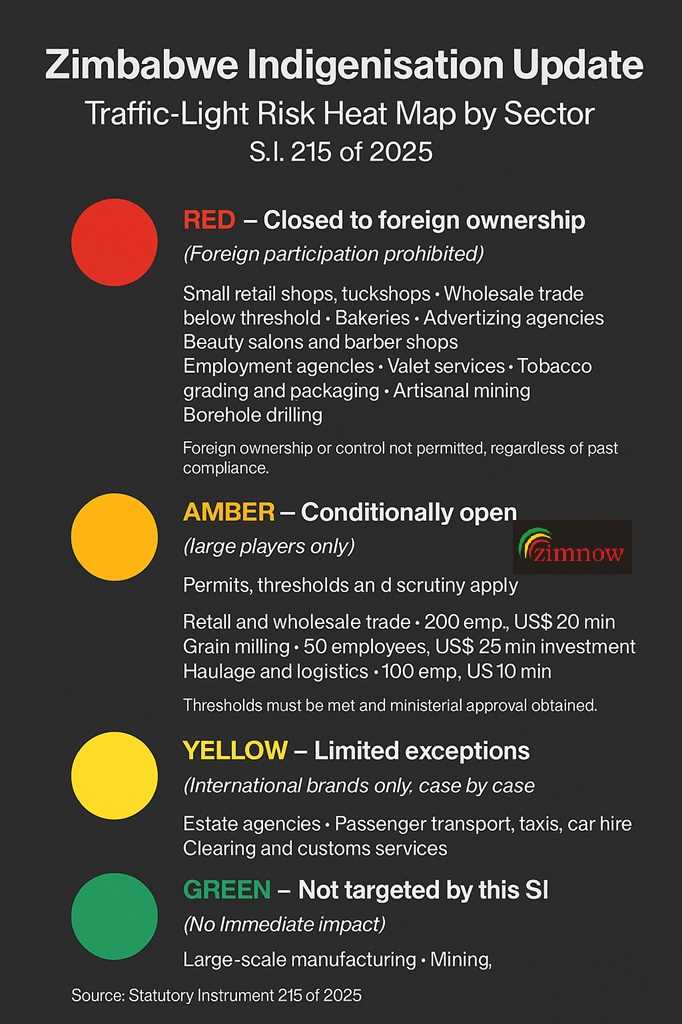
Zim Now Writer
The country’s milk production has gone up by about 14 percent to around 90 million litres, thereby cutting on the need to import, figures released by the Zimbabwe Association of Dairy farmers show.
The development is a positive step towards achieving self-sufficiency in terms of the country’s milk needs.
The country’s annual national milk requirements are at least 130 million litres per year and interventions being put in place aimed at restoring business confidence are set to help achieve the target.
The Zimbabwe Association of Dairy Farmers said milk production increased from 79,6 million litres in 2021 to more than 91 million litres in 2022.
Related Stories
“The increase in milk production is mainly due to improved health management systems, availing of a dairy revitalisation fund, improved productivity per cow herd, Presidential and command silage schemes among other factors,” said Paidamoyo Chadoka, the association’s chief executive officer.
Increased local production has seen milk powder imports dropping by 17 percent from 8,9 million kilogrammes in 2021 to 7,4 million kilogrammes in 2022, thereby saving foreign currency and consolidating the current gains.
“Easing or reducing milk powder imports will have a net effect in terms of ensuring that the current gains are sustained, however, benefits of reduced import bill include saving hard cash, creating more jobs and generating revenue to the treasury from taxes,” said Dr Nyasha Kaseke, University of Zimbabwe’s Business School chairman.
Affordable production costs, favourable pricing systems, increased access to finance and stable energy supplies are factors that will aid the viability of the milk industry in the future.


















Leave Comments